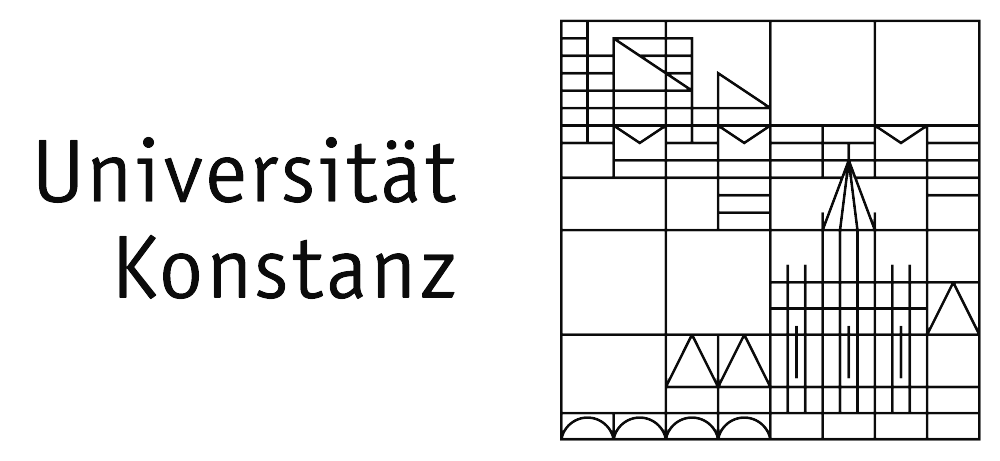Quadratic form theory
A quadratic form is a homogeneous polynomial of degree 2. The study of
quadratic forms over arbitrary fields of characteristic different from two was
initiated by Ernst Witt in 1936. He showed that the properties of quadratic
forms over a given field are characterised by a commutative ring, the socalled
Witt ring of the field. After a period of little activity in the following
three decades, Albrecht Pfister discovered the importance of stongly multiplivative
forms (now called Pfister forms) in this theory. After this discovery
and the fomulation of structure theorems for the Witt ring, the quadratic
form theory got much more scientific attention. Since then, until Vladimir
Voevodsky prooved the Milnor conjecture in 2002 it remained an open question
if the graded Witt ring of any field (the graduation is induced by the
powers of the fundamental ideal of the Witt ring) can be descibed in terms
of generators and relations.
Also, since Irving Kaplansky’s article Quadratic forms from 1953, quadratic
form theory is used to formulate and study questions about field invariants.
Examples of such field invariants are the square class number, which is the
number of different square classes of a field, or the level which denotes the
minimal number n, that allow to write -1 as the sum of n squares. The
studying of such field invariants was and still is a very active research area.


